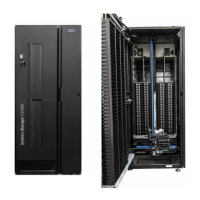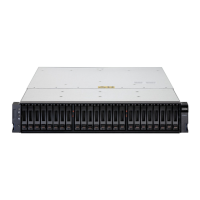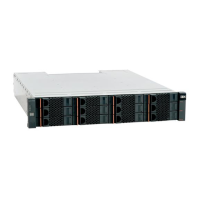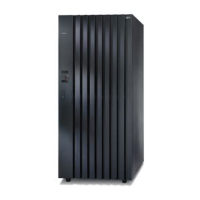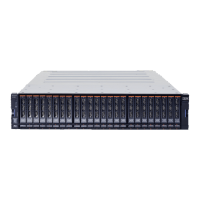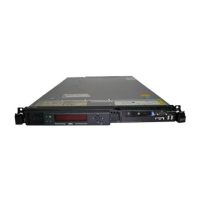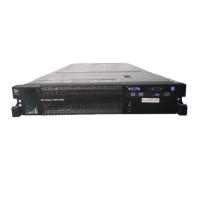14 Software features
Switching features The switching features include the Layer 2 features described in the following
table:
Switching feature Description
IEEE 802.3x flow
control
Allow lower speed switches to communicate with
higher speed switches by handling requests for the
higher speed switch to refrain from sending packets.
Transmissions are temporarily halted to prevent
buffer overflows.
Port control Configure individual port settings such as
administrative status, speed, duplex, and
autonegotiation mode.
Jumbo frames On a per-port basis, extend the maximum frame size
(Ethernet MTU) that a port can transmit from 1518
bytes (1522 bytes with VLAN header) to up to 9216
bytes.
Layer 2 forwarding
database (L2FDB)
control
Add static addresses or clear the L2FDB and control
the number of entries that can be dynamically
learned.
Layer 2 multicast
forwarding database
(MFDB) control
Limit multicasts to only certain ports in the switch to
prevent traffic from going to parts of the network
where that traffic is unnecessary.
VLANs Optimize network traffic patterns by creating
VLANs and configuring member ports so that
broadcast, multicast, and unknown unicast packets
are sent only to ports that are members of the VLAN.
Protocol-based
VLANs
Define a packet filter that the switch uses as the
matching criteria to determine if a particular packet
belongs to a particular VLAN. With protocol-based
VLANs, traffic is bridged through specified ports
based on its protocol.
MAC-based VLANs Assign incoming packets to VLANs based on the
source MAC address of the packet.
IP subnet-based
VLANs
Assign incoming packets to VLANs based on the
source IP address of the packet.

